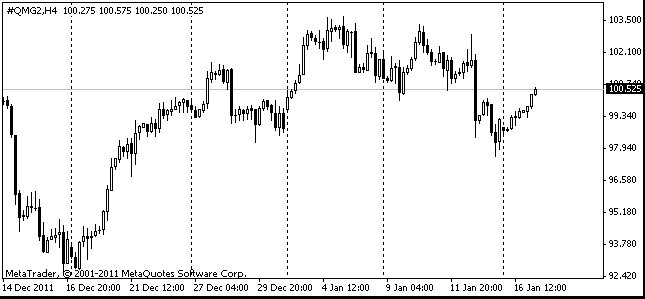EUR/usd
Obama decided to seize the chance and surf the wave of people's wrath with large banks. The US President pointed out that the JPMorgan loss would lead to tougher regulation of financial institutions. This is just what we feared when spoke about the $2bln loss of businesses (further it may even amount to 3bln). Such perspectives are favoured neither by investors nor by companies. As a rule, at these important points, when the fate of such bills hangs in the balance, the markets go down. Since the USA is heading for presidential elections, Obama will try to play his card as well as possible. It's hardly good news for the markets. The regulation issue may appear on the agenda in a couple of months. However, at present the markets also have something to worry about. Stock exchanges remain under pressure of risk asset sales. For all that the single currency looks surprisingly steady against other high beta currencies. Thus, though EUR/USD edged close to 1.28 earlier today, EUR/AUD has been gradually growing since the beginning of the month. The thing is that the European debt markets still see everything black and white, without any shades of grey. The countries, where politicians declare their intention to reject the austerity, are severely punished by the markets. The spreads of French, Spanish and Greek bonds are growing against Bunds, the yield of which hits record lows. Earlier medium-term bonds served as a good indicator of inflationary sentiments, but now they do not. The yield of German 5-year bonds makes 0.5% at present, despite the fact that some of the country's officials have already claimed their readiness to be more tolerant towards the inflationary pressure, allowing for a bit faster price growth.

GBP/USD
The British pound survived Monday with credit, having managed to hold the important level of 1.6060. The pound was at that point when the single currency was rewriting its 4-month lows against the dollar. And when the euro stabilized the sterling became much in demand. By now the bulls have driven the pair up to 1.61, but it's too early to announce the defeat of the bears. Today we'll see news on the Trade Balance, which may push the market pendulum in either direction. Yet we have to consider the employment statistics and Mervyn King's inflation report, which are scheduled for tomorrow. While the British pound settled close to the technical support, any definitely good or bad news may give rise to the avalanche of triggered orders, which in its turn will make the movement in the currency much stronger. We still have the bear-like caution towards the pound. The 3-year highs of the pound against the euro will hardly produce a favourable effect on the trade balance and therefore the industrial production has nothing to count on in the medium term.

oil
The American Oil has been going down for three weeks in a row. And though the sharpest sales were recorded at the first week of May, the fact that so far there hasn't been any significant correction gives rise to concerns over the demand for this commodity. Now WTI crude oil for delivery in July costs $95 per barrel. On May 1 the barrel was worth about $106, which is 10% more than now. At the end of the last week Oil fell below its 200-day moving average which also points to rather dim perspectives for the coming days.

AUD/USD
The aussie fell below the parity yesterday, but today again is trying to show its will to live. Below 0.9950 the pair stumbled over steady purchases and by now the Australian dollar has reached the parity with its American counterpart. Technically the Aussie has been in a long need for correction, so the current restoration to the previous levels is not surprising, but we shouldn't expect much from it. Since March 30 the pair has been at the sharp piqué, having lost over 5 points. Probably, today or tomorrow Aussie-bears will take a break.
